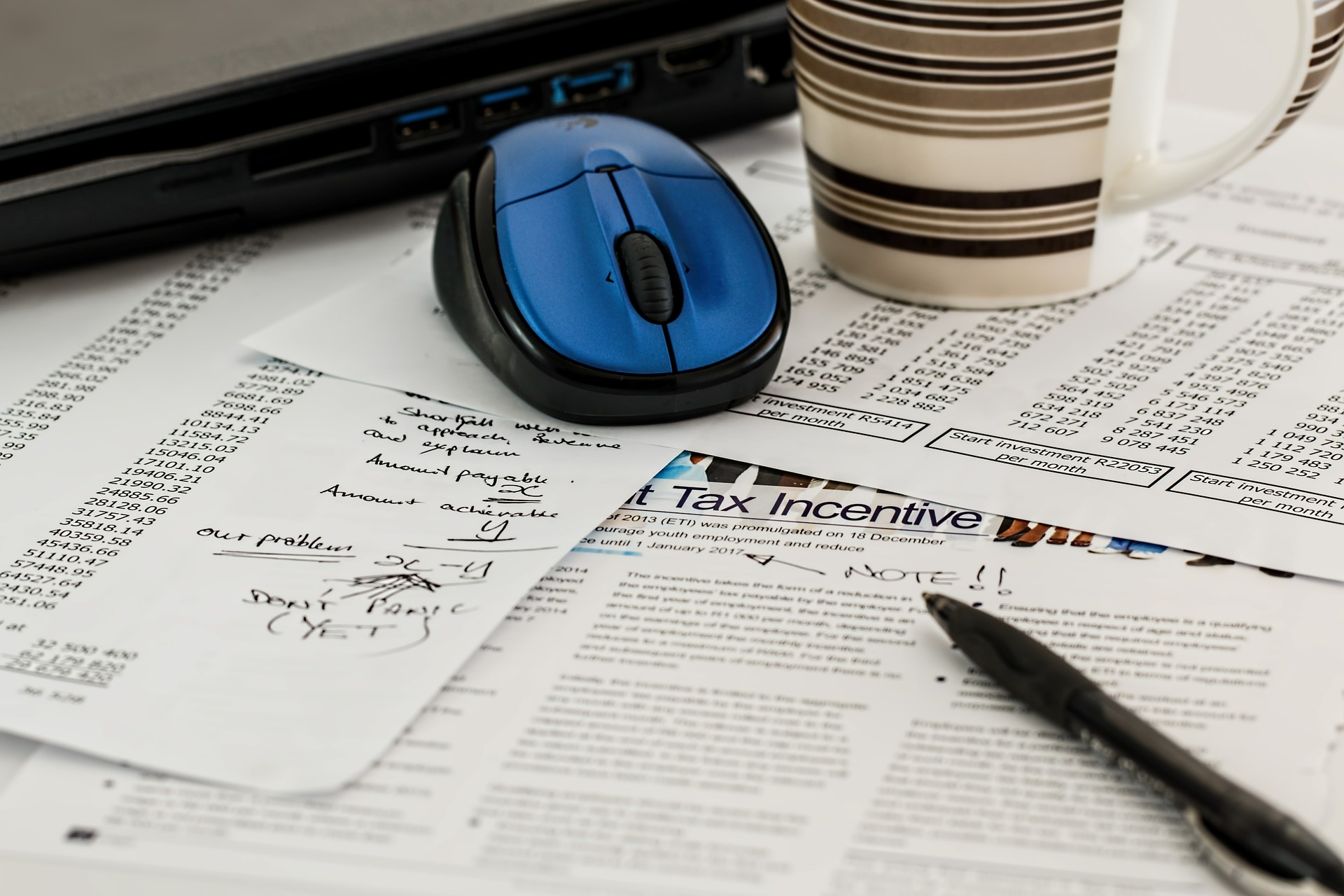USING A SMALL SELF-ADMINISTERED PENSION SCHEME (SSAS) TO OWN BUSINESS PREMISES
What is a SSAS?
A SSAS is an employer-sponsored pension scheme (established as a trust) with fewer than 12 members, usually restricted to senior employees or directors of a limited company. The members of the scheme will also be trustees and will therefore retain a degree of control over the scheme’s assets, subject to the rules laid down by HMRC.
What are the advantages of a SSAS?
A Small Self-Administered Scheme (SSAS) is a pension trust set up by a limited company or a partnership. SSASs are primarily set up by private and family run limited companies for the benefit of the owner directors and senior employees.
A SSAS is registered with HMRC. The consequences of this are that:
• Company and personal contributions are tax-deductible
• The pension scheme pays no tax on most investments
• The pensions scheme pays no tax on capital growth on investments
• A tax free lump sum can be taken by members from age 55 on retirement
• A tax free lump sum can be paid on a member’s death before retirement.
The SSAS and the business premises
It is common for a SSAS to own property which it lets to the employer company. In this way, the company obtains relief from corporation tax on the rent paid and the pensions cheme receives the rent tax-free. Any capital gain arising in respect of the property will also accrue tax-free within the scheme.
A SSAS can purchase property from individuals connected with the company or from the company itself. Thus, where an owner-manager personally owns property, this can be sold to the company’s pension fund at market value (enabling cash to be released to the property owner, subject, of course, to any capital gains tax liability that may arise). It is also possible for the sponsoring company to transfer its existing trading property to the SSAS to benefit from future tax-free growth, with the SSAS then renting the property to the company.
SSAS borrowing limits
A SSAS cannot borrow more than 50% of the fund’s assets at the time the loan is taken out and any borrowing must be secured. This means that, for a new SSAS to acquire business premises to let to the sponsoring employer, the purchase price must be made up of broadly 2/3rds contributions and 1/3 borrowings.
If a new SSAS were to be set up, it would therefore be necessary to ascertain what current year and unused relief is available in respect of each of the employees/directors who are to be members of the scheme in order to determine how much the company can contribute; this is a separate calculation for each individual. Any excess over total of current year and unused relief for any individual employee/director will be subject to income tax in their hands at 55% as an “unauthorised payment”.
Corporation tax relief for the employer on contributions made for employees
Where the employer makes contributions on behalf of the employees/directors, HMRC will need to be satisfied that those contributions are incurred wholly and exclusively for the benefit of the employer’s trade. In practice, this will mean that HMRC will require that salaries and pension contributions made by the employer, taken together, are an accurate reflection of each employee/director’s personal contribution to the overall profits of the company. Contributions made on behalf of an individual who takes little or no active part in the employer’s business are unlikely to be seen as having been made wholly and exclusively for the purposes of the trade, with the consequence that corporation tax relief is likely to be denied.
